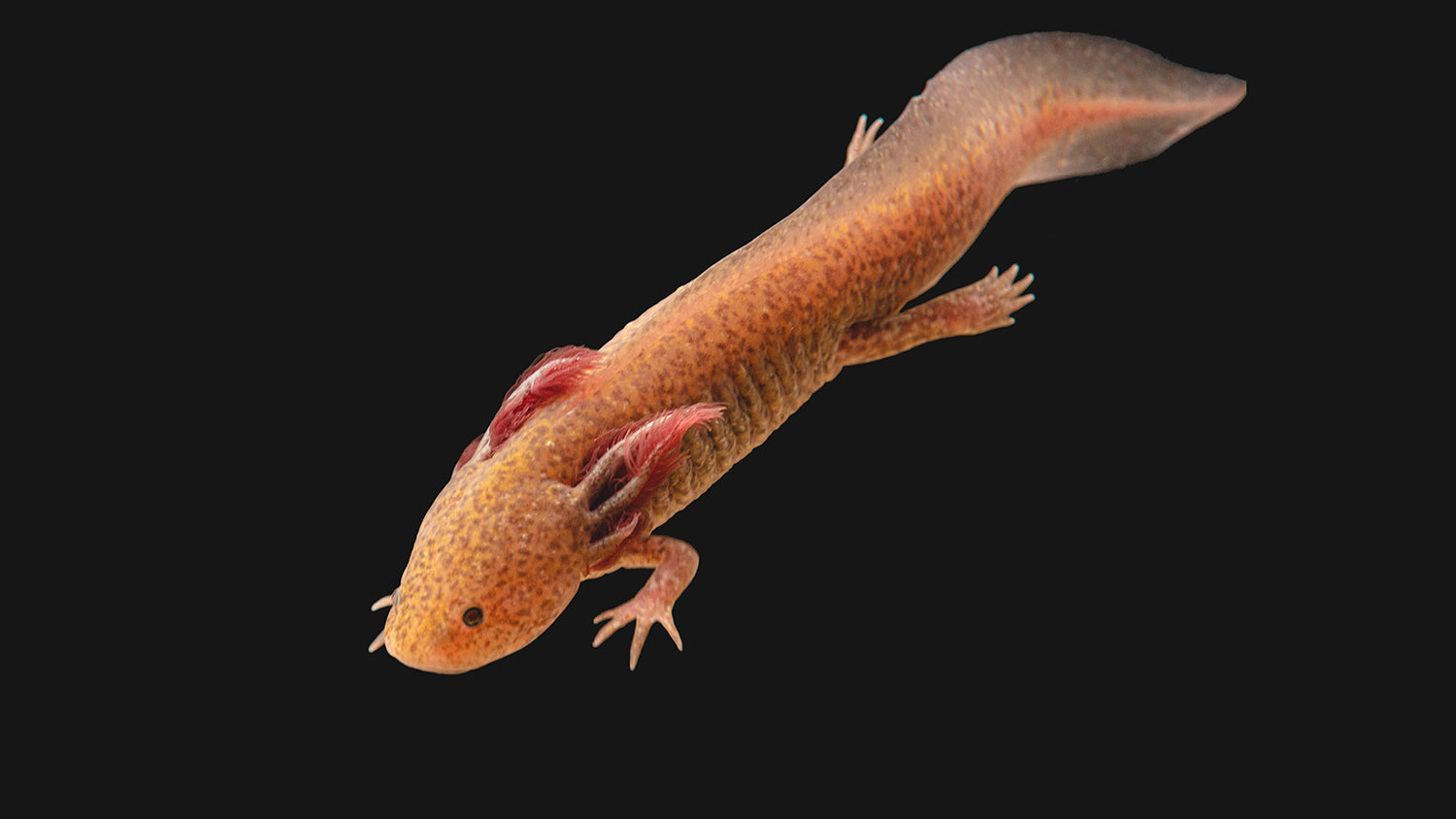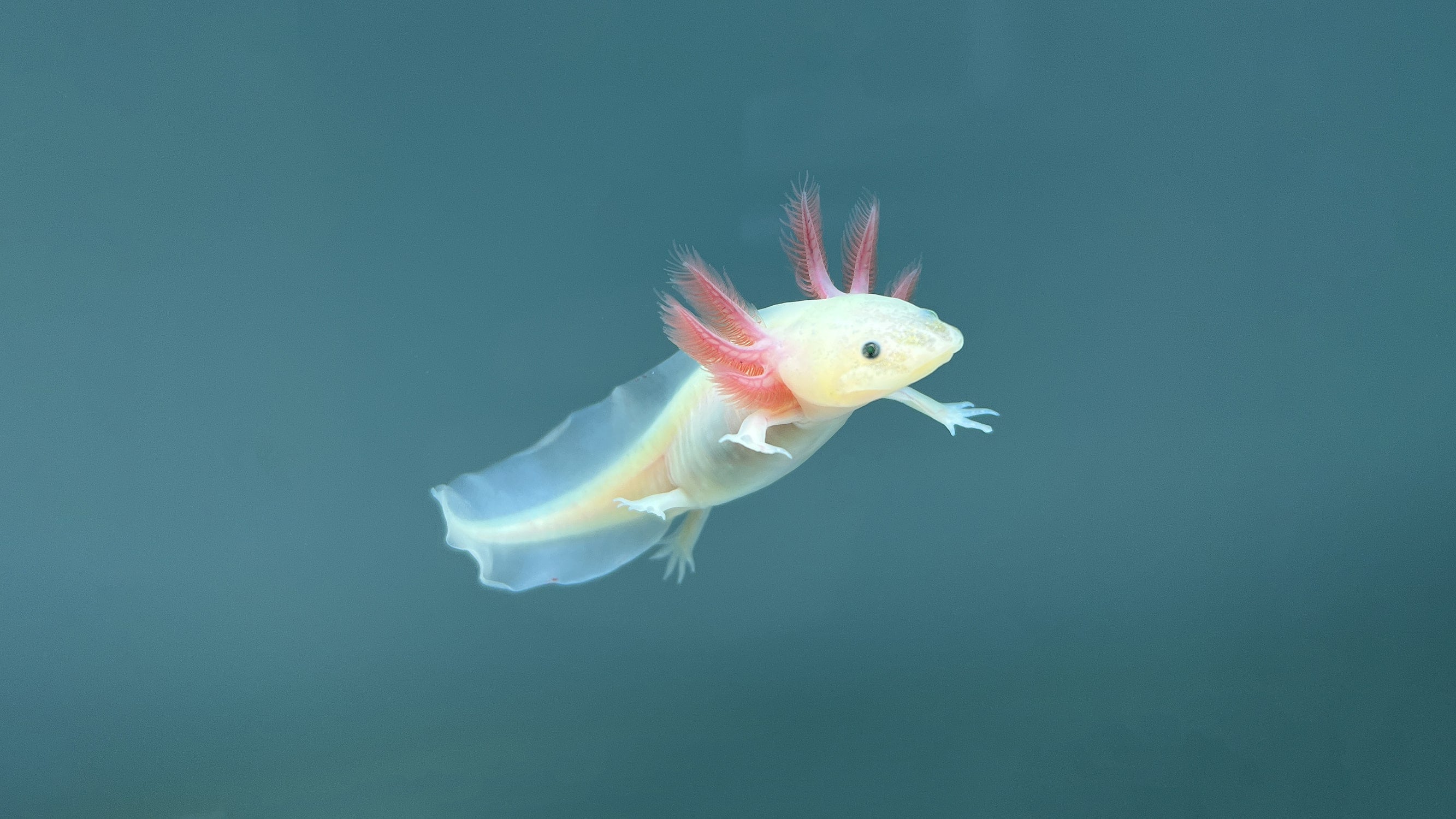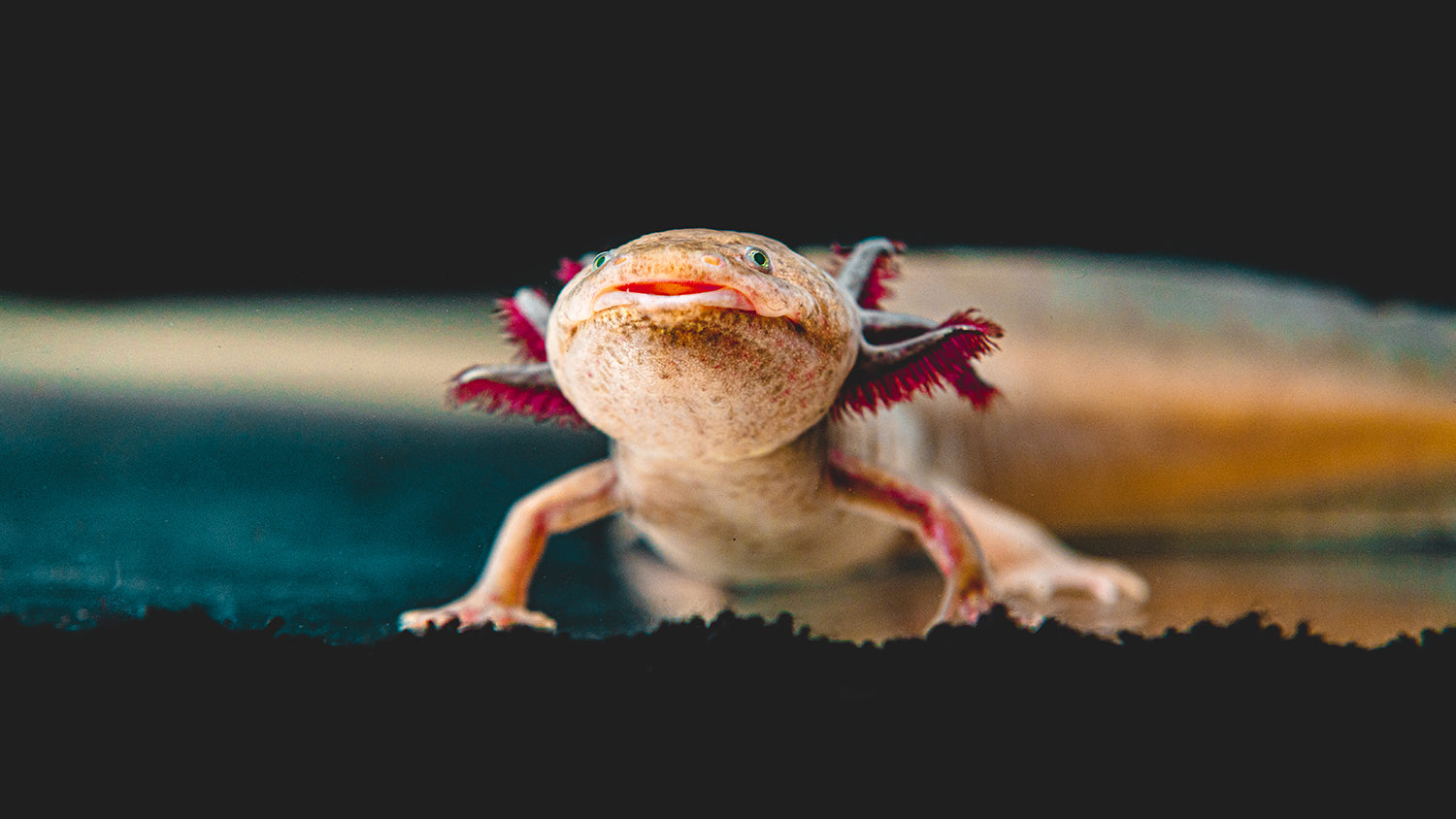When To Tub Your Axolotl
Tubbing your axolotl may be necessary when your aquarium is not fully-cycled, contaminated, or otherwise not suitable to house your axolotl. Axolotls can be safely tubbed for several months so long as you follow all of the instructions listed below.
Materials Needed
- Two 6-Quart Sterilite Tupperwares (Available at local Wal-Mart for under $5.00).
- Water Conditioner (Recommendations: Fritz Complete or Seachem Prime).
- Net (Optional).
Steps:
- Rinse and Prepare Tupperwares: Rinse both Tupperwares thoroughly with hot water, avoiding cleaning detergents. Pat dry, fill with cold water, and add 5 drops of water conditioner.
- Initial Axolotl Placement: Place the axolotl in one Tupperware. After 12 hours, transfer the axolotl (using a net if available) to the second Tupperware with clean, room-temperature water.
- Cleaning and Resetting: Clean the original Tupperware with hot water, dry it, refill with cold water, and add 5 drops of water conditioner.
- Daily Maintenance: Repeat the transfer and cleaning process daily. Feed the axolotl once every 1-2 days, observing its appetite cues (axolotls may show signs of being full by refusing and/or spitting out food after consuming several pieces.
- Transition to Permanent Aquarium: Once the permanent aquarium is ready, follow the Acclimation Guide.





Leave a comment
This site is protected by reCAPTCHA and the Google Privacy Policy and Terms of Service apply.